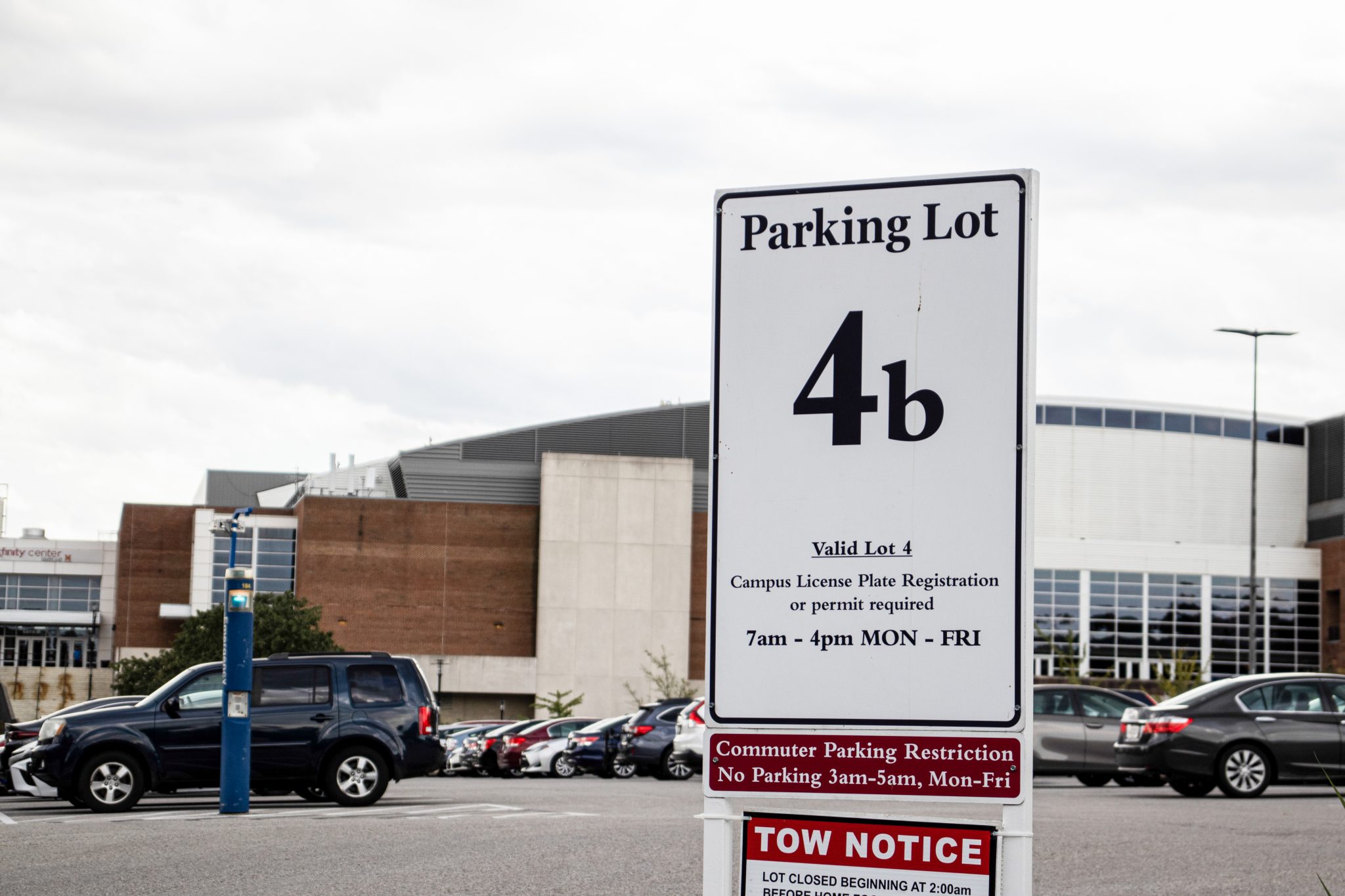Views expressed in opinion columns are the author’s own.
The phrase, “The early bird gets the worm,” resonates with many aspects of life. However, it has quickly become a way of life every morning for University of Maryland students. We must arrive excessively early every day to find on-campus parking.
Lot overcrowding has become a serious reality for commuter students at this university. Even the Department of Transportation Services admits the lots are overfilled.
To combat this crowding problem, DOTS has advised students to move their vehicles into overflow parking sections, such as Lot 4. However, as I and many students have noticed, these lots are usually already full. This has left many students struggling to find good parking every morning.
The university needs to actively address traffic and overfilled lots, rather than simply waiting for the problem to go away. By giving priority to students who need parking, as well as implementing smart parking technology, overcrowding can be easily dealt with and morning commutes can cease being a nightmare for us.
As a student living off campus who relies on my car to commute to and from the campus, I know firsthand how serious the overcrowding situation is in parking lots. From being forced to use overcrowded parking lots far from the campus, to waiting on waitlists of more than a hundred students for just a chance at a better parking lot, this life is a reality for myself and many other commuter students.
Parking lots are crowded due to the university overselling parking permits to students. As a student who pays for parking, I should not have to worry every morning about finding a spot in lots that are already packed to the brim by 10 a.m.
First, this university needs to stop overselling parking permits to students when it simply does not have the space. Priority parking should be given to students who live off campus, regardless of credits, rather than students who live on campus. Off-campus students rely on these parking spots every morning to come to and leave the campus.
For any substantial parking lot update to occur, the university needs to get its priorities straight and acknowledge the commuter students whose academics rely on their ability to make it to and from campus efficiently. We come to this university to learn, not spend our time in parking lots, and it’s the bare minimum for this university to give us priority access to lots — and by extension, the education we’re here for.
Beyond this, DOTS should begin looking into supplemental options to help students find parking easily in the morning. Smart parking technology provides a modern solution to this age-old problem.
By implementing motion-detecting sensors and cameras into parking spaces, students can be immediately informed of vacant parking spots via an app. A campus-wide system of these sensors can update all drivers of any empty parking spots that are available to them in real time.
Despite this university’s commitment to becoming a green school, there is hardly anything sustainable about the vehicular traffic that picks up around the campus every time there are class changes. Moreover, the unnecessary fuel waste caused by drivers circling around parking lots significantly increases the car exhaust emission released.
Smart parking provides easy, sustainable solutions to these problems. The time and fuel wasted by drivers spent circling around lots can be greatly diminished with the use of apps that directly guide drivers to empty parking spots.
In addition to helping the environment, digital parking can help increase security on the campus with the use of license plate recognition technology that can efficiently identify permit violators.
Considering all the advantages of digital parking, many universities including Colorado State University, University of North Carolina at Charlotte and University of Texas at Dallas, have already made the shift. The University of North Carolina has described its virtual parking system as extremely cost effective, relaying parking occupancy, utilization and issuing parking permits all in real-time. So many universities have made the choice to implement smart parking systems on their campuses. What is holding this university back?
This university desperately needs a parking lot update. Digital parking apps have the potential to be the future of parking, and it’s part of the university’s duty to ensure basic educational access for its students.
DOTS can’t just wait around for this crisis to go away. This university needs to take a more proactive role in its parking problems beyond merely ending the practice of overselling parking permits. This university needs to digitize campus parking. Only when combined, can these solutions truly solve all of this university’s parking problems.
Dalia Mustafa is a sophomore economics and government and politics major. She can be reached at dmustafa@terpmail.umd.edu.



